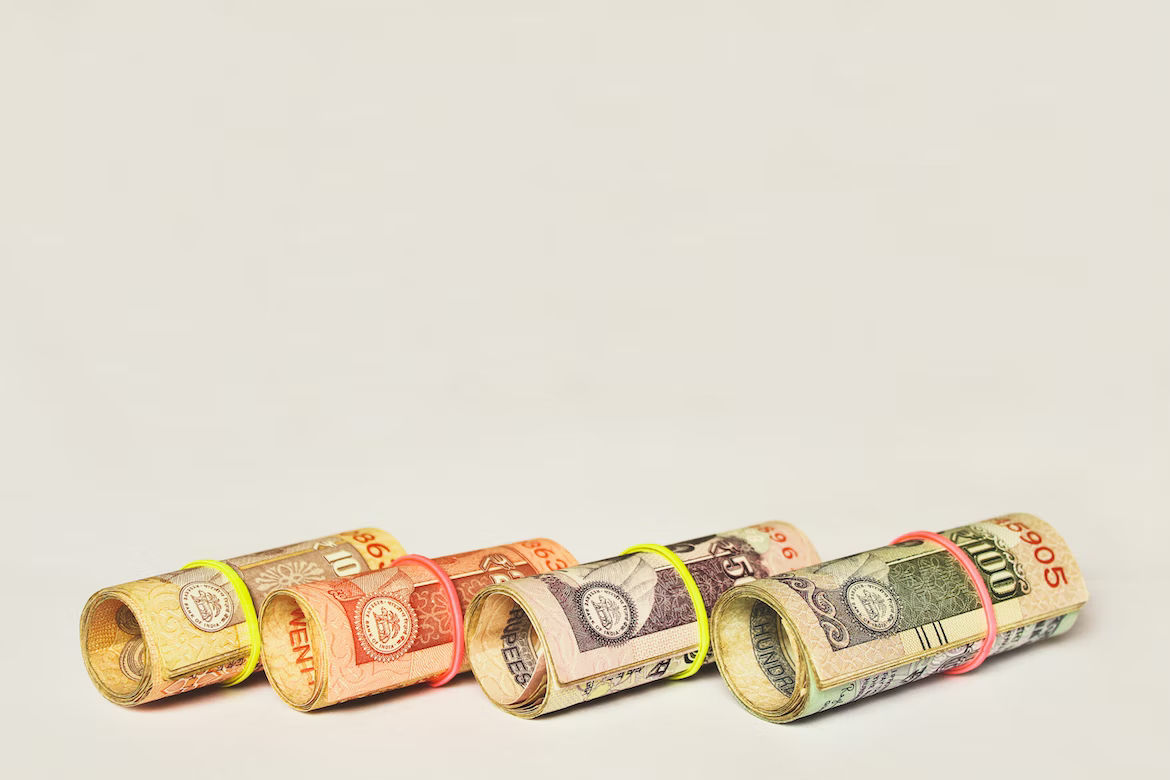On November 8, 2016, the government announced the extreme economic measure known as demonetisation, which rendered the Rs. 500 and Rs. 1,000 designated bank notes (DBNs) useless. Cash shortages, job losses, and a slump in the economy followed the demonetisation process. However, the government has justified the action, referring to it as a landmark decision. Public opinion was highly divided over the decision to abolish 86% of the currency in use in the world’s second-largest emerging market at the time.
Also Read| Supreme Court to hear pleas challenging constitutional validity of demonetisation
As the Supreme Court awaits to hear a batch of pleas challenging the Centre’s decision to demonetise currency notes of Rs 500 and Rs 1,000, here’s a timeline of how everything unfolded:
November 8, 2016
In an evening address to the nation on November 8, 2016, Prime Minister Narendra Modi stated, “From midnight Nov 8, 2016 today, Rs500 and Rs 1,000 notes are no longer legal tender,” adding that after midnight, the notes will become worthless pieces of paper. PM Modi stated in his 40-minute speech, which he delivered in both Hindi and English, that the decision was made to combat the threat of black money, terror financing, and corruption.
Banks and ATMs remained closed for the following two days in order to collect the DBNs. When the banks did open, they swapped out outdated notes and credited the cash to customer accounts. As fresh Rs 2,000 notes were in low supply, they also traded a little amount of demonetised cash for older Rs 100 notes. In order to be ready to dispense the new money, ATMs were supposed to undergo calibration during the two days they were shuttered. The same thing did, however, take weeks in certain instances.
As a result of the immediate effects of the cash vacuum produced by demonetisation, the entire month of November was a picture of lengthy lineups, cash constraint, and protests across the country. Following demonetisation, the RBI released a significant number of recommendations regarding cash deposits, withdrawals, and exchange.
Also Read| What is Constitution bench?
24 November 2016: Manmohan Singh, a former prime minister, delivered one of the scathing critiques of demonetization that went beyond the actual implementation and questioned the reasoning behind the move. The saying, “In the long run, we are all dead,” should come to mind for anyone who claims that demonetization will be beneficial in the long run, Singh remarked. He continued by saying that the demonetization of the Rs. 500 and Rs. 1,000 notes represented “organised loot and legalised looting” and “monumental mismanagement.”
RBI’s cash withdrawal regulations
The introduction of new currency notes began on November 10 for immediate use, however DBNs were given an extension of time to be used at locations such as gas stations, toll booths, government pharmacies, government hospitals or medical facilities, etc. The daily cash withdrawal cap fluctuated between Rs 4,000 and Rs 2,500 or Rs 2,000. Additionally, banks’ weekly withdrawal limits were shifting.
In December 2016, reports of starvation and deaths began to emerge from across the country as a result of a cash crunch, a lack of currency at banks, or an overstressed digital banking network. The Supreme Court was irritated by the slow pace of demonetisation and asked the Centre why, even after a month of demonetisation, it had failed to provide people with the allowed limit of Rs 24,000 for bank withdrawals.
On December 15, 2016: Then-Chairman of the Supreme Court of India TS Thakur questioned why people were unable to receive the rationed amount of cash per week while others were receiving lakhs in new currency. Attorney General Rohatgi’s comments in the Supreme Court raised the possibility that some bank executives were engaging in illegal activities. The Supreme Court had also asked the Modi government if demonetisation was constitutional.
31 January 2017: The Income Tax Department has sent notices to approximately 18 lakh taxpayers to explain large deposits made into accounts following demonetisation. Furthermore, according to the Economic Survey 2016/17, the note ban reduced GDP growth by up to 0.5% in fiscal year 2017.
Strikes were reported across the country on February 27, 2017. Banking operations have been halted. Bank employees want more cash as well as a reduction in their workload.
On March 21, 2017: The Supreme Court of India questioned why the Central government had not been able to designate a distinct category for those who were unable to deposit their demonetized case before the deadline of December 30, 2016, as it had done for NRIs and others who were not physically present in India at the time.
On May 17, 2017 : The government launches the Clean Money Portal. According to the Centre’s estimates, approximately 91 lakh new taxpayers were brought into the tax net, and undisclosed income worth Rs 23,144 crore was discovered in the six months following demonetisation.
Also Read| Sena vs Sena: What happens if Maharashtra CM Eknath Shinde is disqualified?
June 21, 2017: The Centre has granted permission to banks and post offices to deposit junked notes of Rs 500 and Rs 1,000 denominations with the RBI by July 20. This was the second such window provided by the government to banks, post offices, and cooperative banks.
July 16, 2017: Government officials brief a parliamentary panel, claiming that there was only a 7% increase in debit and credit card transactions following demonetisation, despite a 23% increase in total digital transactions. The number of digital transactions in November 2016 was 22.4 million, but by May 2017, it had risen to 27.5 million.







